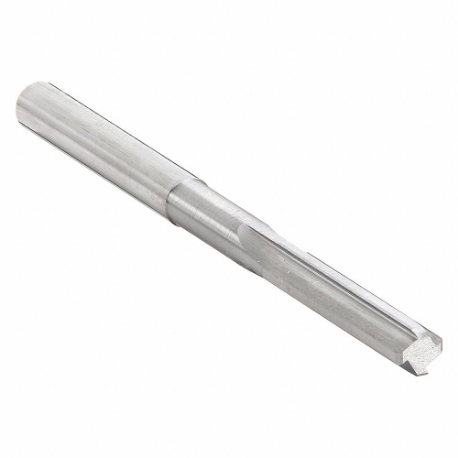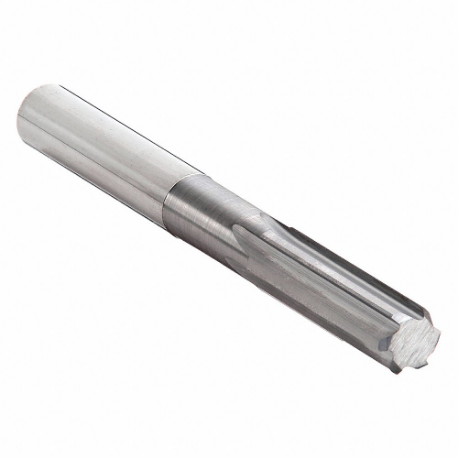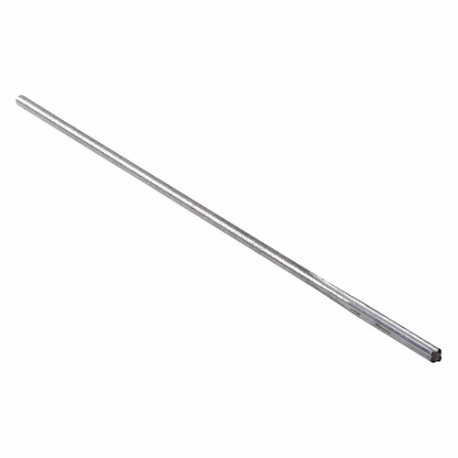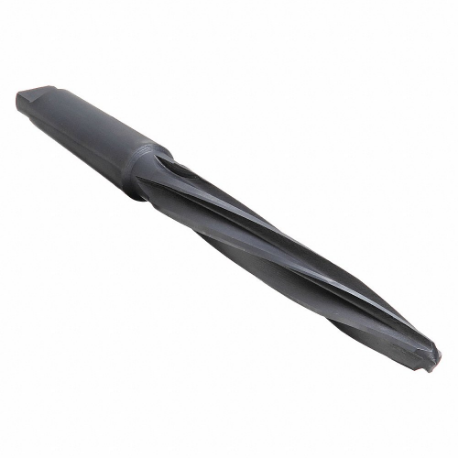GRAINGER Lò luyện kim loại
GRAINGER -
Mũi doa kẹp cacbua có cán thẳng
| Phong cách | Mô hình | Giá cả | |
|---|---|---|---|
| A | 500-003011 | €56.92 | |
| B | 500-0004490 | €222.86 | |
| B | 500-0004450 | €221.42 | |
| B | 500-002025 | €148.12 | |
| B | 500-0004440 | €222.86 | |
| C | 500-003068 | €38.06 | |
| A | 500-0001255 | €50.54 | |
| B | 500-0004470 | €203.96 | |
| B | 500-0004080 | €195.08 | |
| B | 500-0004400 | €216.44 | |
| B | 500-0004420 | €222.86 | |
| B | 500-002006 | €82.03 | |
| B | 500-0004480 | €222.86 | |
| C | 500-0000510 | €39.83 | |
| A | 500-0001635 | €69.64 | |
| C | 500-0000685 | €40.14 | |
| B | 500-0003440 | €136.03 | |
| B | 500-0004800 | €229.23 | |
| A | 500-004004 | €43.04 | |
| B | 500-0003430 | €134.54 | |
| B | 500-002011 | €82.03 | |
| B | 500-0003370 | €134.54 | |
| B | 500-0004460 | €222.86 | |
| A | 500-0001465 | €60.97 | |
| B | 500-0003380 | €124.70 |
GRAINGER -
Mũi doa cầu, Thép tốc độ cao, Oxit đen, Kích thước mũi doa 1 1/2 inch, Mt4 Shank Dia
| Mô hình | Mục | Giá cả (ví dụ: VAT) | |
|---|---|---|---|
| 13H813 | CR3CAL | €306.93 |
Những câu hỏi thường gặp
What factors should I consider while choosing a chucking reamer?
- Choose a reamer with the required tolerance level to achieve precise hole dimensions.
- Consider the flute geometry for efficient chip evacuation and smooth cutting action.
- Opt for coatings such as TiN, TiCN or TiAlN to enhance tool life and performance.
- Determine the shank type (straight or tapered) compatible with your machine tool's chuck.
- Match the reamer type (straight-flute, spiral-flute or helical-flute) to the specific machining application.
How do I clean and maintain Grainger chucking reamers?
- Clean the reamer with a soft brush or cloth to remove chips, debris, and coolant residues.
- Soak the reamer in a suitable solvent to dissolve stubborn residues and oils, then wipe it dry with a clean cloth.
- If the cutting edges are dull or damaged, sharpen them using a reamer sharpening fixture or professional sharpening service.
- Store the reamer in a clean, dry place away from moisture, dust and corrosive substances to prevent rust and deterioration.
- Apply a thin coat of rust inhibitor or tool preservative to the reamer surfaces to protect against corrosion during storage.
When should I replace a chucking reamer?
- If the cutting edges become dull and ineffective despite sharpening.
- If the reamer shows signs of significant wear, such as chips, cracks or deformations.
- Any damage or defects that compromise the integrity or effectiveness of the reamer, such as chipped or broken edges.
Chúng tôi đang ở đây để giúp đỡ!
Tìm kiếm một phần không được liệt kê ở đây?
Tìm hiểu thêm
- Bàn làm việc và phụ kiện
- Nội thất ô tô
- Quy chế Điện áp
- Router
- Lọc
- Bộ đếm thuộc địa
- Dụng cụ giữ và hộp thay thế
- Đồng hồ đo lực
- Chủ công cụ
- Đầu phun đầu phun nước ngầm
- NIBCO Union Elbow, 90 độ
- ZURN Vòi chậu đơn, đồng thau
- OSBORN Sơn cọ vecni
- ZURN Ngừng cung cấp góc của Chrome
- COOPER B-LINE Nhà cung cấp cáp MC / AC đến Chốt chùm
- HOFFMAN Dòng nội tuyến Loại 4X Nắp bản lề Quý rẽ Vỏ chốt
- WATTS Van bi đầy đủ dòng LFFBV
- EATON Bàn Chải Họng Dòng Course-Hinds
- WALTER TOOLS Thanh nhàm chán có thể lập chỉ mục
- KYOCERA Mảnh dao phay có thể lập chỉ mục hình bình hành




